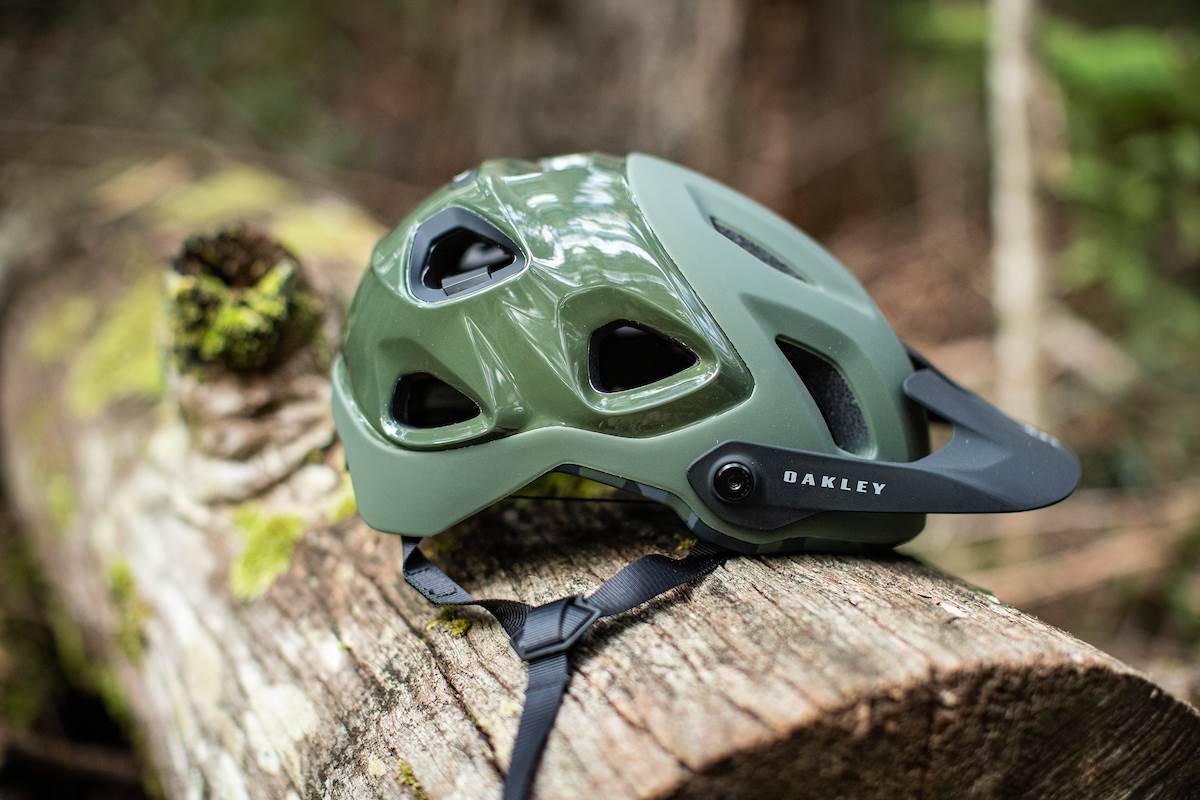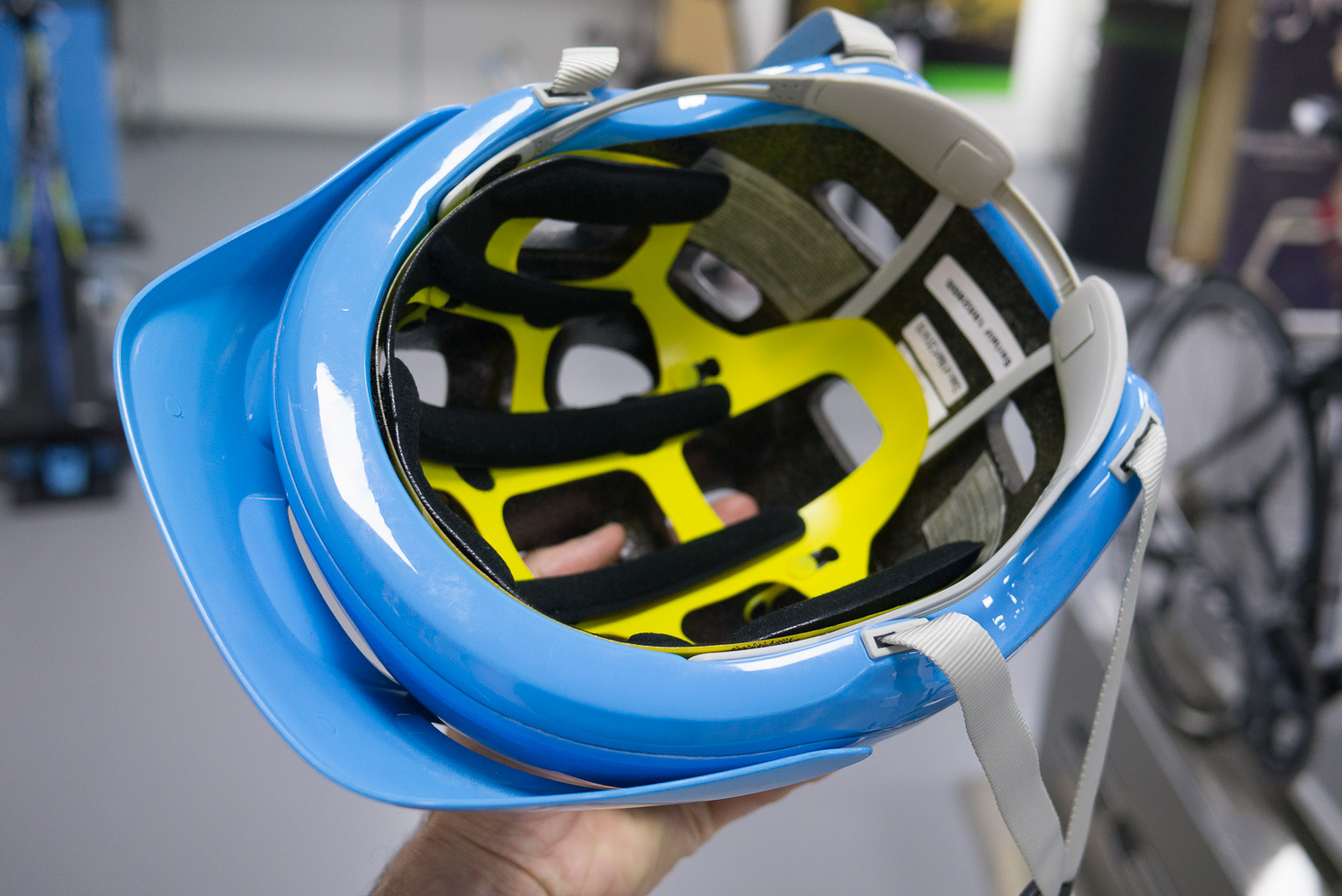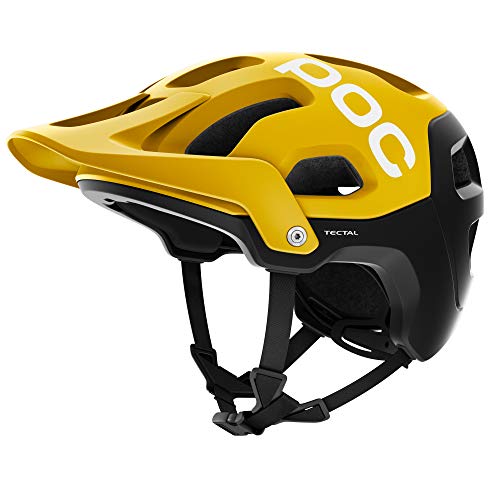Understanding the Importance of a Good Mountain Bike Helmet
Mountain biking is an exhilarating sport that offers an adrenaline rush like no other. However, it also comes with its share of risks, particularly when it comes to head injuries. A good mountain bike helmet is essential to prevent such injuries and ensure a safe riding experience. According to various studies, wearing a helmet can reduce the risk of head injury by up to 70%. This is why it’s crucial to invest in a high-quality mountain bike helmet that meets your specific needs.
When it comes to mountain bike helmet reviews, one of the most critical factors to consider is the level of protection offered. A good helmet should be able to absorb impact, distribute force, and provide a snug fit to prevent it from shifting during a crash. Additionally, a helmet with a visor can help protect your face from branches and other debris.
A mountain bike helmet can also provide peace of mind, allowing you to focus on the ride rather than worrying about safety. Moreover, a well-designed helmet can enhance the overall riding experience by providing ventilation, comfort, and style. With so many options available in the market, it’s essential to read mountain bike helmet reviews to find the best one that suits your needs and preferences.
Whether you’re a beginner or an experienced rider, a good mountain bike helmet is an investment worth making. It’s a critical piece of safety gear that can make all the difference in the event of an accident. By choosing a high-quality helmet, you can enjoy the thrill of mountain biking while minimizing the risks. So, take the time to research and read mountain bike helmet reviews to find the perfect helmet for your next ride.
How to Choose the Right Mountain Bike Helmet for Your Needs
With so many mountain bike helmets available in the market, choosing the right one can be overwhelming. However, by considering a few key factors, you can find a helmet that meets your specific needs and preferences. When reading mountain bike helmet reviews, look for helmets that excel in the following areas: fit, ventilation, weight, and safety features.
A good mountain bike helmet should fit snugly and comfortably, without being too tight or too loose. Look for helmets with adjustable fit systems, such as the Bell Zephyr, which allows for a customizable fit. Ventilation is also crucial, as it helps to keep you cool and dry during long rides. Helmets like the Specialized Ambush feature extensive ventilation systems, including large vents and breathable padding.
Weight is another important consideration, as a lighter helmet can make a big difference on long rides. Look for helmets made with lightweight materials, such as carbon fiber or polycarbonate. Safety features are also essential, including features like MIPS (Multi-Directional Impact Protection System) technology, which can help to reduce the risk of head injury.
When choosing a mountain bike helmet, consider the type of riding you’ll be doing most often. For example, if you’ll be riding primarily on trails, look for a helmet with a more aggressive design, such as the Fox Racing Proframe. If you’ll be riding on smoother terrain, a more minimalist design, such as the Giro Chronicle, may be a better choice.
Ultimately, the best mountain bike helmet for you will depend on your specific needs and preferences. By considering factors like fit, ventilation, weight, and safety features, you can find a helmet that provides the perfect balance of comfort, style, and protection. Be sure to read mountain bike helmet reviews from reputable sources to get a sense of how different helmets perform in real-world conditions.
Top Mountain Bike Helmets for Trail and Enduro Riding
When it comes to trail and enduro riding, a good mountain bike helmet is essential for safety and performance. In this section, we’ll review and compare some of the top-rated mountain bike helmets for trail and enduro riding, including the Fox Racing Proframe and the POC Tectal.
The Fox Racing Proframe is a popular choice among trail and enduro riders, thanks to its lightweight design, excellent ventilation, and robust safety features. This helmet features a sleek and aerodynamic design, with a large visor to protect your face from the elements. The Proframe also boasts a MIPS-equipped liner, which provides enhanced safety in the event of a crash.
Another top contender in the trail and enduro category is the POC Tectal. This helmet features a unique design, with a focus on safety and protection. The Tectal boasts a robust shell, with a MIPS-equipped liner and a large visor to protect your face. This helmet also features excellent ventilation, with large vents and breathable padding to keep you cool and dry on long rides.
Other notable mentions in the trail and enduro category include the Bell Zephyr, the Specialized Ambush, and the Giro Chronicle. These helmets all offer excellent safety features, ventilation, and comfort, making them well-suited for trail and enduro riding.
When reading mountain bike helmet reviews, it’s essential to consider the specific needs and preferences of trail and enduro riders. Look for helmets that excel in areas such as safety, ventilation, and comfort, and don’t be afraid to try before you buy. By doing your research and choosing the right helmet, you can enjoy a safe and enjoyable mountain biking experience.
In addition to the helmets mentioned above, there are many other excellent options available for trail and enduro riding. Be sure to read mountain bike helmet reviews from reputable sources to get a sense of how different helmets perform in real-world conditions. By doing your research and choosing the right helmet, you can ride with confidence and enjoy the thrill of trail and enduro riding.
The Benefits of MIPS Technology in Mountain Bike Helmets
MIPS (Multi-Directional Impact Protection System) technology is a revolutionary safety feature that has been gaining popularity in the mountain bike helmet market. MIPS technology is designed to reduce the risk of head injury by absorbing and dissipating the forces of impact in the event of a crash.
MIPS-equipped helmets, such as the Giro Chronicle and the Smith Optics Forefront, have been shown to provide enhanced safety benefits compared to traditional helmets. These helmets feature a low-friction layer that allows the helmet to slide relative to the head, reducing the rotational forces that can cause brain injury.
The benefits of MIPS technology are numerous. For one, it provides improved protection against rotational forces, which are a common cause of head injury in mountain biking. Additionally, MIPS technology can help to reduce the risk of concussion and other types of head trauma.
When shopping for a mountain bike helmet, look for MIPS technology as a key safety feature. While it may add a slight premium to the price of the helmet, the benefits to safety and peace of mind are well worth the investment. By choosing a MIPS-equipped helmet, you can ride with confidence and enjoy the thrill of mountain biking while minimizing the risks.
It’s worth noting that MIPS technology is not a replacement for proper helmet fit and safety standards. Always choose a helmet that meets the safety standards of your country or region, and ensure that it fits properly to provide optimal protection. By combining MIPS technology with proper fit and safety standards, you can enjoy a safe and enjoyable mountain biking experience.
When reading mountain bike helmet reviews, look for mentions of MIPS technology as a key safety feature. This can give you an idea of how well a helmet performs in terms of safety and protection. Additionally, look for reviews from reputable sources, such as mountain bike magazines and websites, to get a sense of how different helmets perform in real-world conditions.
Mountain Bike Helmet Safety Standards: What You Need to Know
When it comes to mountain bike helmets, safety standards are a crucial consideration. In the United States, the Consumer Product Safety Commission (CPSC) sets the standards for bicycle helmets, including mountain bike helmets. The CPSC standard requires helmets to pass a series of tests, including impact absorption, penetration, and retention system strength.
In addition to the CPSC standard, some mountain bike helmets may also meet the Snell Memorial Foundation’s standards. Snell is a non-profit organization that sets standards for helmets in various sports, including cycling. Snell’s standards are considered to be more stringent than the CPSC’s, and helmets that meet Snell’s standards are considered to be among the safest available.
The American Society for Testing and Materials (ASTM) also sets standards for bicycle helmets, including mountain bike helmets. ASTM’s standards are similar to the CPSC’s, but may include additional requirements for features such as ventilation and visibility.
When shopping for a mountain bike helmet, look for certifications from these organizations to ensure that the helmet meets the necessary safety standards. It’s also important to note that safety standards can vary by country, so be sure to check the standards in your country or region.
While safety standards are important, they’re not the only consideration when choosing a mountain bike helmet. Other factors, such as fit, ventilation, and weight, should also be taken into account. By considering all of these factors, you can find a helmet that provides the perfect balance of safety, comfort, and performance.
When reading mountain bike helmet reviews, look for mentions of safety standards and certifications. This can give you an idea of how well a helmet performs in terms of safety and protection. Additionally, look for reviews from reputable sources, such as mountain bike magazines and websites, to get a sense of how different helmets perform in real-world conditions.
Getting the Right Fit: Tips for Ensuring a Comfortable and Secure Helmet
A proper fit is essential for a mountain bike helmet to provide optimal protection and comfort. A helmet that is too small or too large can compromise safety and performance. Here are some tips to ensure a comfortable and secure fit:
Measure your head circumference: Before trying on a helmet, measure your head circumference to determine your size. Use a flexible tape measure or a string to measure around the widest part of your head, just above your eyebrows and ears.
Try before you buy: If possible, try on a helmet before buying it. This will give you a sense of how it fits and feels. Make sure to wear the helmet with the straps and fit system adjusted to your liking.
Adjust the fit system: Most mountain bike helmets have an adjustable fit system that allows you to customize the fit. Adjust the fit system to your liking, making sure the helmet is snug but not too tight.
Check the straps: Make sure the straps are adjustable and comfortable. The straps should be snug but not too tight, and should not dig into your skin.
Consider the helmet’s shape: Different helmets have different shapes and profiles. Consider the shape of your head and the type of riding you’ll be doing when choosing a helmet.
Don’t forget about the visor: A visor can provide additional protection from the sun, wind, and debris. Consider a helmet with a visor that is adjustable and removable.
By following these tips, you can ensure a comfortable and secure fit for your mountain bike helmet. Remember, a proper fit is essential for optimal protection and performance.
When reading mountain bike helmet reviews, look for mentions of fit and comfort. This can give you an idea of how well a helmet fits and feels in real-world conditions. Additionally, look for reviews from reputable sources, such as mountain bike magazines and websites, to get a sense of how different helmets perform in terms of fit and comfort.
Mountain Bike Helmet Maintenance and Care: A Guide
Proper maintenance and care of your mountain bike helmet is essential to ensure its longevity and effectiveness. Here are some tips to help you keep your helmet in good condition:
Cleaning: Regularly clean your helmet with mild soap and water to remove dirt, sweat, and other debris. Avoid using harsh chemicals or abrasive materials that can damage the helmet’s finish or compromise its safety features.
Storing: Store your helmet in a cool, dry place away from direct sunlight. Avoid storing your helmet in a hot car or in a humid environment, as this can cause the helmet’s materials to degrade.
Inspecting for damage: Regularly inspect your helmet for signs of damage, such as cracks, dents, or worn-out padding. If you notice any damage, replace your helmet immediately.
Replacing the padding: Over time, the padding in your helmet can become worn out and lose its effectiveness. Replace the padding every 6-12 months or as needed.
Checking the straps: Regularly check the straps on your helmet to ensure they are secure and not worn out. Replace the straps if necessary.
By following these tips, you can help extend the life of your mountain bike helmet and ensure it continues to provide optimal protection and comfort.
When reading mountain bike helmet reviews, look for mentions of maintenance and care. This can give you an idea of how well a helmet holds up over time and how easy it is to maintain. Additionally, look for reviews from reputable sources, such as mountain bike magazines and websites, to get a sense of how different helmets perform in real-world conditions.
Conclusion: Finding the Best Mountain Bike Helmet for Your Next Ride
Choosing the right mountain bike helmet can be a daunting task, but by considering the factors discussed in this article, you can make an informed decision and find a helmet that meets your needs. Remember to prioritize helmet safety, consider your riding style and terrain, and read mountain bike helmet reviews to get a sense of how different helmets perform in real-world conditions.
By investing in a high-quality mountain bike helmet, you can enjoy a safe and enjoyable riding experience. Don’t compromise on safety – choose a helmet that provides optimal protection, comfort, and style. Whether you’re a seasoned pro or just starting out, a good helmet is an essential part of your mountain biking gear.
When hitting the trails, remember that a helmet is not just a safety accessory – it’s a vital part of your overall riding experience. By choosing the right helmet, you can ride with confidence and enjoy the thrill of mountain biking. So, take the time to research, read reviews, and try out different helmets to find the one that’s right for you.
With the right helmet, you’ll be able to focus on the ride, not worry about your safety. So, get out








